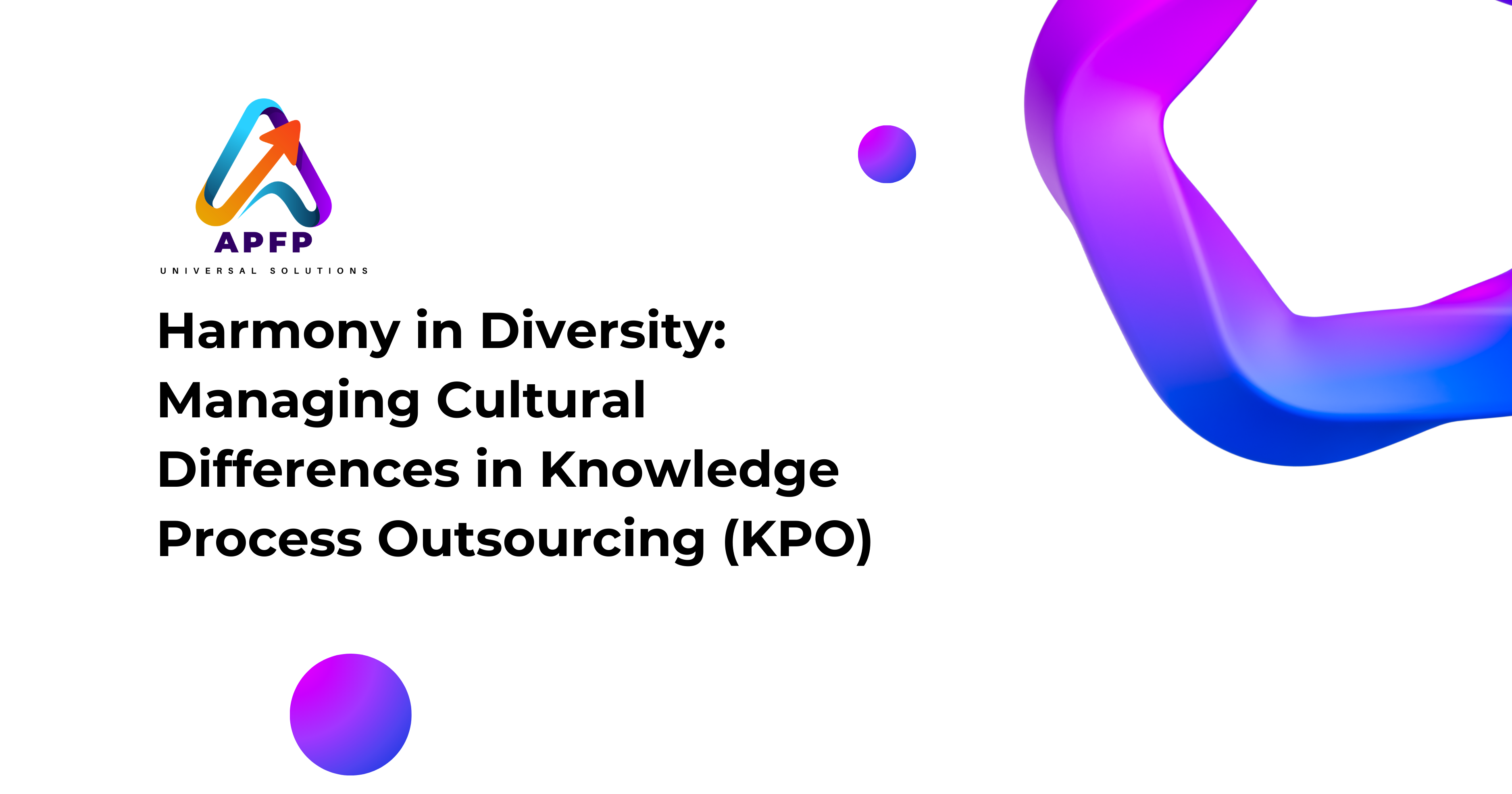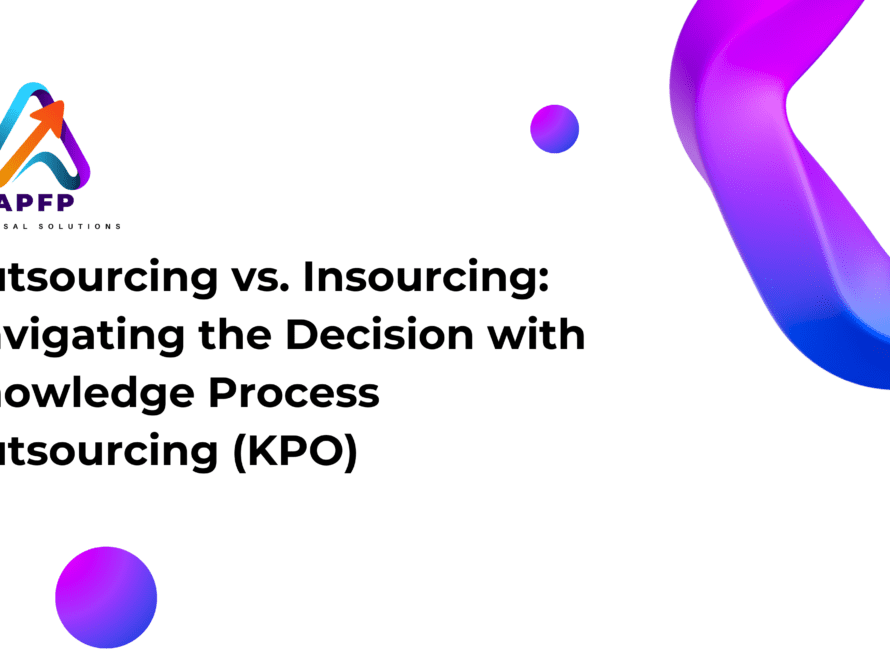In the interconnected global landscape of Knowledge Process Outsourcing (KPO), diverse teams and cross-cultural collaboration are integral components of success. This blog explores the nuances of managing cultural differences in KPO and provides insights into strategies that foster harmony, enhance communication, and maximize the benefits of a culturally diverse workforce.
Understanding the Cultural Tapestry in KPO:
- Global Workforce Dynamics:
- KPO often involves teams spread across different geographical locations. Understanding and appreciating the diversity of cultural backgrounds within these teams is essential for effective collaboration.
- Communication Styles:
- Cultural differences influence communication styles. Some cultures may favor direct communication, while others may emphasize indirect or nuanced communication. Recognizing and adapting to these styles fosters clearer and more effective interactions.
- Work Ethics and Values:
- Variations in work ethics and values may exist across cultures. Recognizing and aligning with the core values of team members helps build trust and cohesion within the KPO team.
Strategies for Managing Cultural Differences:
- Cultural Sensitivity Training:
- Implement cultural sensitivity training for team members. This training provides insights into diverse cultural norms, communication styles, and work preferences, fostering an environment of mutual understanding.
- Cross-Cultural Communication Workshops:
- Conduct workshops focused on cross-cultural communication. Equip team members with practical strategies to navigate potential communication challenges, ensuring that messages are conveyed accurately and respectfully.
- Diverse Leadership Representation:
- Foster diverse leadership representation within the KPO organization. Having leaders from various cultural backgrounds promotes inclusivity and sets an example for embracing diversity at all levels.
- Establishing Common Ground:
- Identify common ground that transcends cultural differences. Shared goals, values, and objectives serve as a foundation for collaboration, helping teams focus on collective success.
- Virtual Team Building Activities:
- Engage in virtual team-building activities. These activities create opportunities for team members to connect on a personal level, fostering camaraderie and mitigating cultural barriers that may arise in a remote work environment.
Benefits of Cultural Diversity in KPO:
- Enhanced Creativity and Innovation:
- Cultural diversity brings together a variety of perspectives and ideas. In KPO, this diversity can lead to enhanced creativity and innovation as team members draw on their unique experiences and insights.
- Global Market Insight:
- A culturally diverse team can provide valuable insights into global markets. Understanding cultural nuances and preferences is crucial for KPO processes involving market research, customer support, and content creation for diverse audiences.
- Adaptability and Resilience:
- Cultural diversity fosters adaptability and resilience within teams. Exposure to different cultural approaches equips team members with the ability to navigate change and overcome challenges effectively.
Case Studies and Success Stories:
- Global Customer Support Team:
- A KPO provider with a diverse customer support team effectively navigated cultural differences to provide exceptional service to clients worldwide. The team’s cultural sensitivity and multilingual capabilities contributed to high customer satisfaction.
- Collaborative Project Development:
- A KPO project involving collaborative development across multiple time zones and cultures succeeded through effective communication and a shared commitment to project goals. The diverse team’s combined expertise led to a successful project outcome.
Challenges and Mitigation Strategies:
- Time Zone Differences:
- Mitigation: Implement flexible working hours or staggered shifts to accommodate time zone differences. Utilize collaboration tools that facilitate asynchronous communication and project management.
- Language Barriers:
- Mitigation: Foster an environment where team members feel comfortable expressing language concerns. Implement language proficiency assessments and provide language training as needed to enhance communication skills.
- Cultural Misunderstandings:
- Mitigation: Encourage open communication and regular check-ins to address any cultural misunderstandings promptly. Establish a feedback loop where team members can share their perspectives and seek clarification.
Conclusion: Building Bridges Across Cultures in KPO
In the dynamic world of Knowledge Process Outsourcing, where collaboration knows no borders, managing cultural differences is not just a challenge but an opportunity for growth and enrichment. By embracing diversity, fostering cultural sensitivity, and implementing strategies to bridge communication gaps, KPO organizations can harness the collective strength of a culturally diverse workforce. Ultimately, in the harmonious blend of cultures, KPO teams can unlock new levels of creativity, innovation, and success on the global stage.




